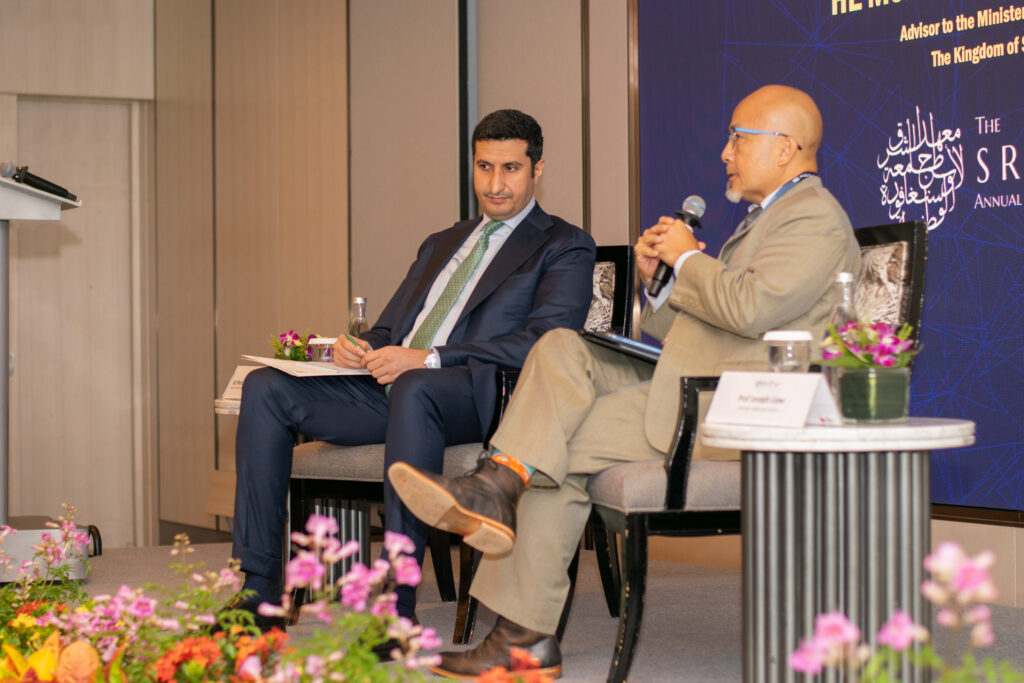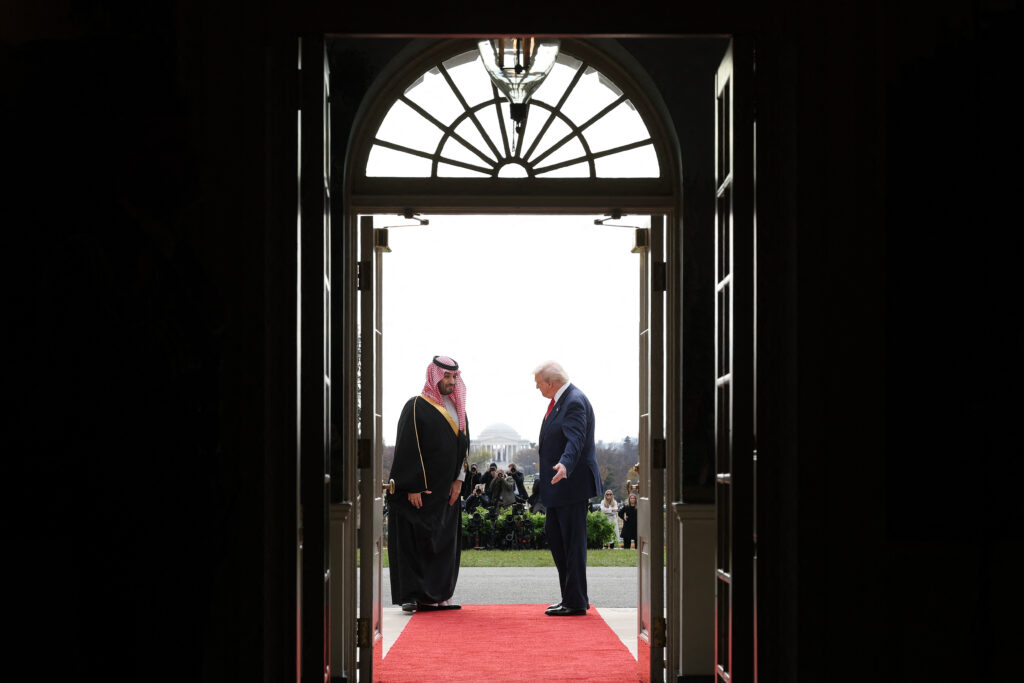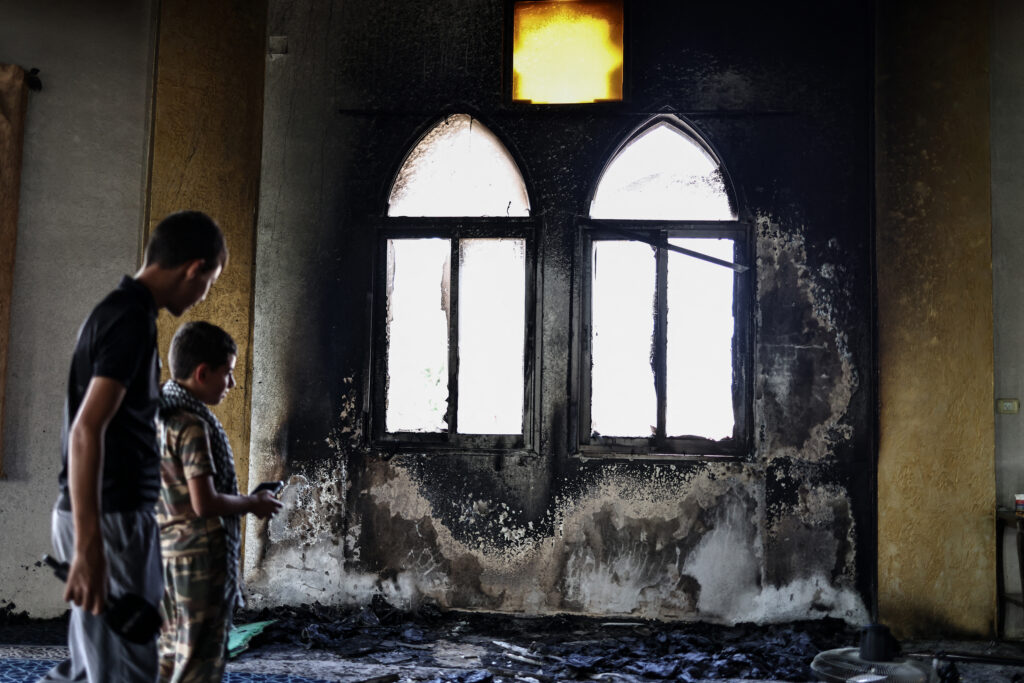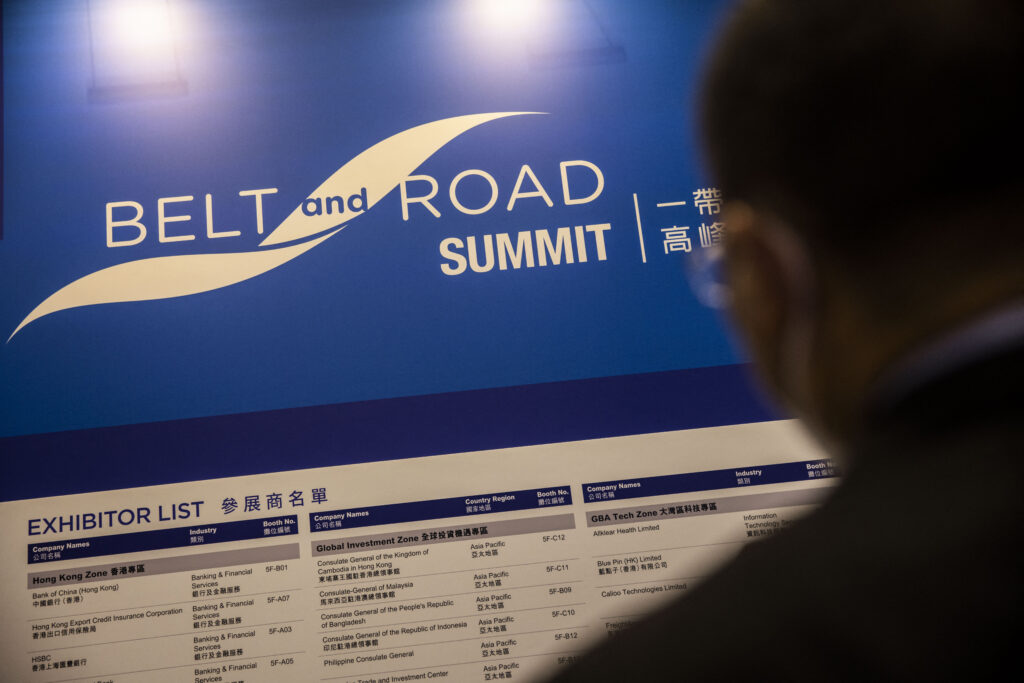From Security to Economics: A New Arab Mosaic in the Making?
- Islam Alhalawany
- -

Over the past five decades, oil revenues have shaped both the economies of Middle Eastern fossil fuel exporters, and the broader region. As climate change chokes demand amid the hunt for greener sources of energy, the Gulf Cooperation Council countries have — with varying levels of success — embarked on a transformative effort to diversify their fossil-fuel-dependent economies, one that will fundamentally alter their partnerships with regional peers. As the post-oil landscape takes shape, this shift necessitates a move away from security-driven alliances towards economically-oriented cooperation.
This transformation is underscored by the increasing complexity of the region’s economies. While capital-rich nations like Saudi Arabia and the United Arab Emirates (UAE) invest in high-tech industries to secure a foothold in the AI and space sectors, labour-rich countries such as Morocco and Egypt are rapidly industrialising to position themselves as key players in the post-pandemic global supply chain. These shifts promise to elevate the region’s economic relevance beyond energy exports, and lay the groundwork for a more integrated intra-regional value chain.
Until 2015, the Middle East and North Africa ranked second only to South Asia — and ahead of Sub-Saharan Africa — in intra-regional value chain integration. However, it ranked first in its dependence on extra-regional trade, underscoring a longstanding pattern of external economic reliance over regional cooperation. This phenomenon extends beyond the ineffectiveness of existing trade frameworks and institutions; it is rooted in the fundamental nature of Middle Eastern economies, which have historically been simple and rentier-driven. Regional economies that export and import similar products with little or no variation in value creation have no reason to forge complex interdependencies.

Source: World Bank, WORLD DEVELOPMENT REPORT 2020: Trading for Development in the Age of Global Value Chains. (S.L.: World Bank, 2020)
Ironically, this economic disconnect persisted despite Arab states maintaining strategic alignment throughout much of modern history. One could even argue that excessive political conformity exacerbated their economic stagnation. The spillover of oil wealth from resource-rich to resource-poor nations fostered dependency, and discouraged oil-poor states from undertaking necessary economic reforms as they increasingly took geopolitical rent for granted. As a result, the old forms of Arab cooperation — exchanging capital for diplomatic or military support — led neither to regional economic resilience for poor countries, nor security for the GCC states themselves, as shown in the war in Yemen. The past decade witnessed a gradual and dramatic alteration of the long-pursued security rationale for a robust economic one.
The Fadeaway of the “Arab Security Architecture”
In the post-independence era, pan-Arabism emerged as a “Third-Worldist” construct that attempted to redefine the Middle East’s political landscape. It laid out a regional vision to undo early colonial designs, and deal with the Cold War-induced arrangements by the United States and the Soviet Union. This Nasserist project stumbled in 1967, leading to the muting of pan-Arab discourse, and, subsequently, Arab collective action.
In the following decades, oil had the upper hand in shaping the region’s political economy, including its governing elites’ resilience, intra-regional security relations, and economic development. Hence, the centre of gravity moved to the resource-rich club. Saddam Hussein’s Iraq then emerged to re-power the pan-Arab vision through its oil wealth, antagonising the Arab monarchies, and leading to the clash that resulted in the invasion of Kuwait in 1990.
However, the US invasion of Iraq in 2003, and the Arab uprisings in 2011 marked the end of the old Middle East. As a result, the historic “Arab security architecture” became obsolete in the face of decades-long regional instability, and external intervention from extra-regional and global powers.
The current generation of Arab leaders seems to be growing more divided over a joint security vision. Saudi Arabia, the UAE, and Egypt were the last-standing Arab bloc with a unified strategic objective of confronting political Islam since 2013. Nevertheless, the short-lived alliance broke down over the Iranian threat, the interventions in Yemen, tensions in the Horn of Africa, the civil war in Sudan, and rivalries in the Red Sea. Unlike their predecessors, however, the trio’s economic ambitions deterred them from full disengagement. Instead, they are pursuing development-oriented transactional relations that can foster their economic integration in the long term.
The Increasing Decoupling of Security from Economic Interests
During the visit of UAE President Mohamed Bin Zayed (MBZ) to Egypt in early October last year, the Egypt-supported Sudanese army was pursuing a major offensive in Khartoum against the Rapid Support Forces (RSF), backed and sponsored by the UAE. Less than a week later, Mohamed Hamdan Dagalo, or Hemedti, the head of the RSF, publicly accused Egypt of taking part in the ongoing conflict in Sudan through airstrikes. However, this did not stop the UAE and Egypt from signing several investment agreements to develop Ras Al-Hekma City on the North Coast during MBZ’s visit. This came on the back of an Emirati injection of US$35 billion in a deal to develop a prime stretch of Egypt’s Mediterranean coast earlier in 2024 — an investment that was badly needed by Cairo.
Although the UAE-Egypt tensions are a “badly kept secret”, both countries refrained from calling out each other publicly, or pursuing confrontational diplomacy. This signals an effort to decouple security from economics, setting aside delusions of full alignment between the two.
More importantly, MBZ’s visit reflected an emerging area of potential economic cooperation between both countries: The electric vehicle (EV) industry. The Emirati visit coincided with the introduction of NIO, one of the leading Chinese EV manufacturers, to the Middle East. The UAE delegation promptly signed an MOU with Egypt on manufacturing the vehicles. This positions Cairo to be a key node in the EV manufacturing landscape — other Chinese EV firms have also established factories in Egypt. The growth of this manufacturing base in turn creates demand for Emirati chips made through a partnership with Microsoft.
Specifically, the UAE has the potential to serve as a pivotal intermediary between densely-populated Middle Eastern nations, such as Egypt and Morocco, and the global economy. By leveraging its strategic geographical position, advanced infrastructure, and robust trade networks, the UAE can facilitate these countries’ integration into international markets, akin to the roles historically played by Singapore and Hong Kong for China. The UAE’s pro-active trade policies, exemplified by its Comprehensive Economic Partnership Agreements (CEPAs) with nations like India, Indonesia, and Turkey, have already bolstered its status as a hub for commerce and investment in the region.
However, the UAE’s extensive military engagements, such as its involvement in the Yemen conflict or in the Sudan’s civil war, may undermine its capacity to act as a neutral facilitator. An over-emphasis on military initiatives could strain diplomatic relations with neighbouring countries, and detract from economic collaboration efforts. To effectively fulfill its role as an economic bridge, the UAE must balance its defence strategies with a commitment to fostering regional cooperation and economic development.
Similarly, ties between Egypt and Saudi Arabia faltered amidst the latter’s reluctance to support the former during the economic crisis following the Russo-Ukrainian war, resulting in a spat between media and intellectual figures for months. Despite this, Saudi Crown Prince Mohamed Bin Salman (MBS) continued to pursue an economic relationship, visiting Cairo in mid-October to conclude the signing of an agreement to “protect” mutual investments between both countries.
Egypt and Saudi Arabia also signed a mutual recognition agreement in December 2024 for their Authorized Economic Operator (AEO) programmes, which aimed to streamline customs procedures and enhance trade efficiency between the two nations. This initiative is expected to facilitate smoother trade exchanges by simplifying the flow of goods across borders, and boosting supply chain efficiency. Additionally, both countries have agreed to establish joint factories and logistics zones to drive industrial integration and increase trade volumes. This collaboration leverages their strategic geographical locations and extensive transport networks, including maritime, rail, and road links, to facilitate industrial activities. These efforts represent a shift in the regional political economy, and are aligned with the Gulf’s economic transformation efforts, and Egypt’s pursuit to rid itself of a persistent need for external financial bailouts. More importantly, they indicate a decoupling between security concerns and economic ambitions.
Challenges for the New Paradigm
While the Middle East’s shift towards economically-focused cooperation marks a positive development, significant challenges persist. The ongoing conflict in Gaza exemplifies the enduring security threats that can undermine economic initiatives. Recent proposals, such as US President Donald Trump’s plan America to “take over” Gaza, have been met with widespread regional opposition, highlighting the deep-seated political complexities that economic strategies alone cannot resolve. This underscores the need for comprehensive approaches that address both economic and security concerns simultaneously.
Furthermore, the lack of consensus among regional actors poses a substantial obstacle to the institutionalisation of economic cooperation. The Middle East has historically struggled with limited progress in political, security, and economic collaboration. To overcome these challenges, it is essential to establish robust frameworks that can integrate various countries into a cohesive regional division of labour or value chain. This would involve creating inclusive institutions that promote shared economic goals, while accommodating the diverse political landscapes of member states.
Image Caption: This picture shows a view of the meeting of Foreign Ministers of the Gulf Cooperation Council (GCC) countries in Kuwait City on December 26, 2024. Photo: AFP
About the Author
Islam Alhalawany is a strategic analyst and business consultant. He previously worked as an Assistant Professor and Assistant Dean for International Collaborations at Jindal Global University in India. He has extensive work experience with government-affiliated think tanks in Egypt alongside consulting firms in the GCC.








